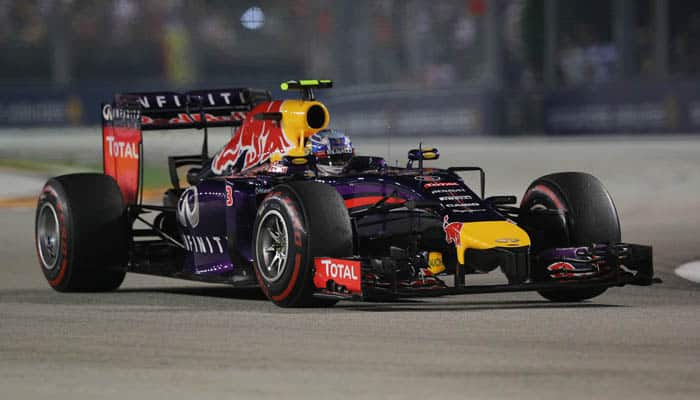Waiting for Juzh to post his telemetry thing as well
- Login or Register
No account yet? Sign up
By RB it is confirmed multiple times that Honda met their target and that their problems are at the chassis side (aero/drag/suspension)mafeotul wrote: ↑02 Aug 2020, 10:44Hello all,
Can anyone with a bit more technical knowledge explain to me how is RBR under performing at such a massive rate? I have spent three days now reading about their PU from Honda, virtually from every respectable source, and 95% of time, the headlines are along the line of "progress has been made". I also believe that barring the nuclear missile that Brackley put in that Merc PU Honda has made the largest legal gains since mid-2019. I come here, to find more information on the Bull's struggle and i even find posts claiming the Ferrari trickery affected Honda, pretty much labelling the old PU part illegal. I honestly believe Honda has an amazing PU and that their presence in a top 3 teams is a blessing for F1. So, can anyone explain how they managed to go backwards? I mean i think it is the first this actually happened for RBR in a long while.
Red Bull adopted the full outwash front wing from RB12 (2016). But their cars always had rake from 2011 onwards (relatively higher). The problems could be beyond what a layman sitting here can understand. They have experienced and talented people working for them and if they are having challenges, it must be more complex than anyone here can imagine.



Horner: "We changed our philosophy for the front of the car last winter and that caused some unexpected problems with the rest of the car. With this weekend's new parts we are trying to tackle that step-by-step"
https://nl.motorsport.com/f1/news/chris ... ne/4847272